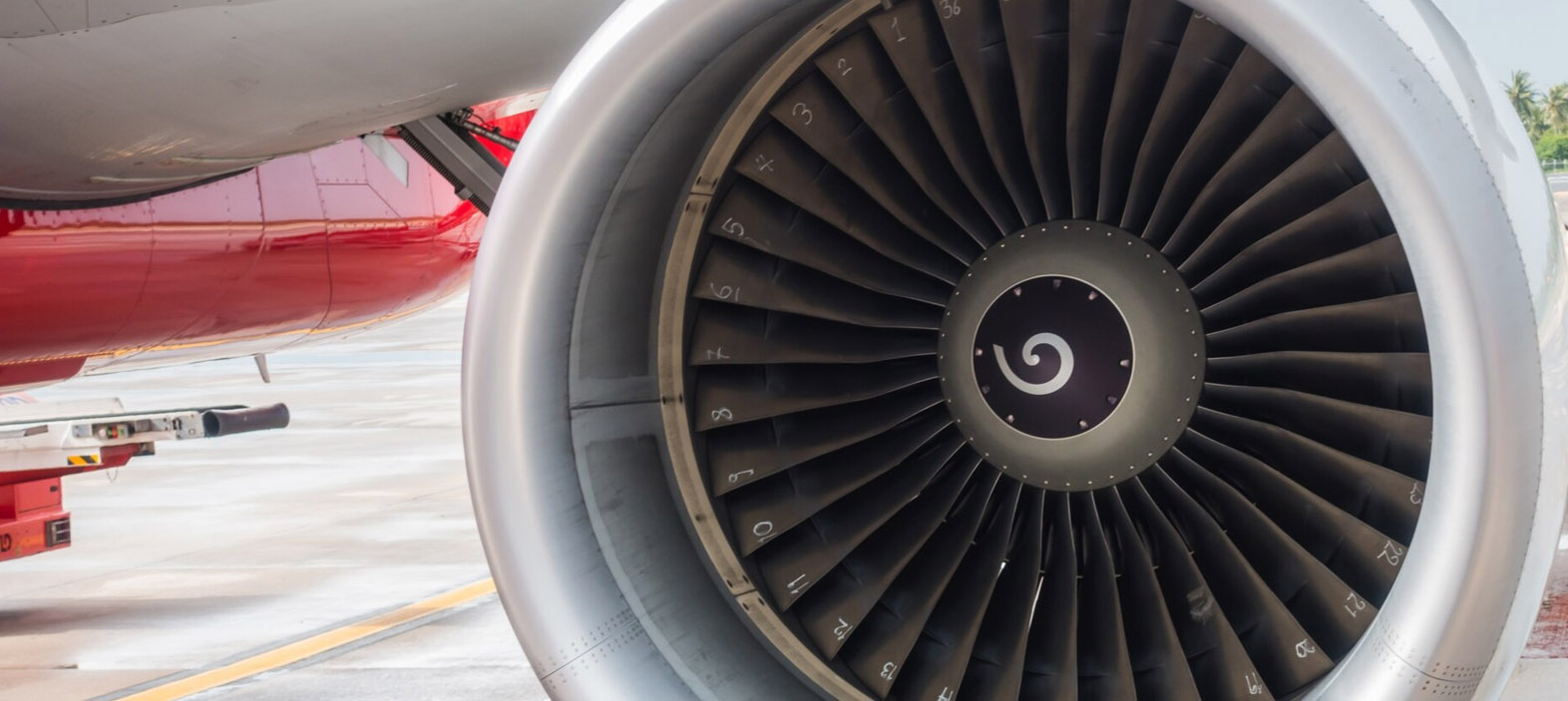
How Composite Fan Blades Revolutionized Aviation?
👁 Reads: 256
The continuous innovation has driven success in the lightning-fast world of aviation. One significant recent development is the broad use of composite fan blades in aviation engines. This innovative technology has brought in a new era of lifespan and sustainability for aviation. It has also improved performance and fuel efficiency. In this article, we will look at the broader context of composite materials and how they’ve changed the aviation industry!
Understanding the Use of Composite Materials
In today’s world, the technological parameters are concurrently evolving. We all are living and observing the period of optimum revolution. Researchers have discovered many beneficial resources leading to this revolution, and Composite materials are one of them. In 2024, when anything seems possible with technology and an excellent IQ, composite materials have become the prominent choice to reduce the weight and size of commercial turbofan engines.
With the constant improvement of manufacturing and analysis, composite materials have become the foremost choice to increase the efficiency in manufacturing more complex shapes with less weight. When designing fan blades, the most prominent considerations are efficiency, weight, and durability—making them capable of resisting common ingestion and being easily maintained.
How Composite Carbon Fiber Transforming Aviation Industry?
A lot of industries are changing because of the exceptional strength and versatility of carbon fiber. This expansion is being driven by the laborious process of fusing carbon fiber with resin, usually epoxy or vinyl ester, to form composite structures that are stronger than those made of more conventional materials like steel or aluminum.
In the aviation industry, composite carbon fiber has completely revolutionized the way airplanes are built, maintained, and flown. It offers an exceptional strength-to-weight ratio. Using composite fan blades in aviation engines is a significant development. It best demonstrates this change. These blades advantage in operational efficiency and maintenance savings. This makes them an attractive option for both commercial and military aviation.
What Differentiates Composite Fan Blades from Other Materials?
No doubt, composite fan blades are one of the greatest innovations in the aviation industry. When comparing carbon fiber fan blades to traditional ones made of materials like metal alloys or plastics, the strength and orientation of the carbon fiber are much higher.
Let’s understand this more thoroughly!
Traditionally, fan blades were dense, whereas carbon fiber allows airplane manufacturers to have a 2.5 times less dense material. Additionally, the stiffness of composite fan blades results in much tighter tolerances and helps increase the flying efficiency of the plane. This customization allows for optimizing the fan blades for various operating conditions. It contributes to improved performance and makes them a compelling choice. Therefore, manufacturers have been more driven to implement composite materials than traditional ones.
Topmost Benefits of Using Composite Fan Blades
Here are some of the most essential benefits of composite fan blades that you must know:
1. Enhanced Durability
The extended operating lifespan of composite fan blades results from increased corrosion and fatigue resistance. This enhanced resilience leads to fewer aircraft maintenance needs and downtime.
2. Aerodynamic Efficiency
Complex and well-designed blades are made possible by the elasticity of composite materials. Improving the fan blades' aerodynamics increases engine performance.
3. Weight Reduction
Implementing composite materials helps manufacturers reduce the aircraft's total weight since composite carbon fiber plates are far lighter than conventional metals.
4. Diminished Ecological Effect
Implementing composite fan blades is consistent with the increasing dedication to ecological sustainability. The environmental effect is mitigated by reduced carbon emissions, resulting in less environmental damage.
5. Reduced Noise
Composite fan blades can absorb vibrations more efficiently than ordinary metals, which results in a quieter operating environment. This quality is essential for fulfilling strict airport noise rules and improving the general traveler experience.
6. Adaptability in Design
Composite materials provide a blank canvas for intricate, one-of-a-kind blade designs that optimize aerodynamic performance. Engineers can develop fan blades with particular shapes, structures, and aircraft designs to precisely meet performance specifications.
7. Lifecycle cost reductions
Even with a larger initial investment, the technology as a whole has the ability to offer considerable financial benefits and drastically lower operators' and airlines' lifetime expenses.
8. Fuel efficiency
For airlines seeking to reduce costs without compromising environmental regulations, composite materials can be quite advantageous. The airplane becomes less frictional and more fuel-efficient as a direct result of the weight reduction.
9. Rules for Certification and Regulation
As composite fan blades become more widely used, the laws regulating their production, assembly, and upkeep will need to change and advance. Robust regulatory and certification systems are necessary to guarantee the safety and dependability of these carbon fiber plates before they can be widely used in the aviation industry.
Conclusion
As a consequence, the aviation sector has altered. Novel carbon fiber materials will be more crucial in determining the performance and aesthetics of aircraft as aviation develops. The aviation industry has made great strides toward its long-term objective with the creation of these all-encompassing marvels. They perform better than conventional metal fan blades in terms of ergonomics, affordability, and safety.





